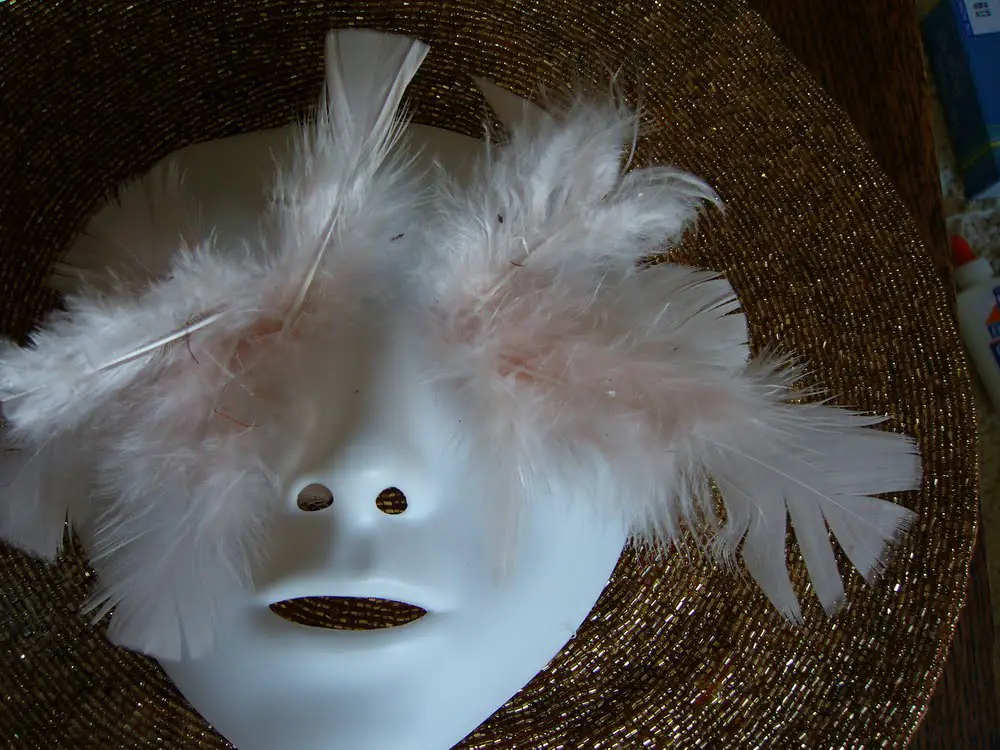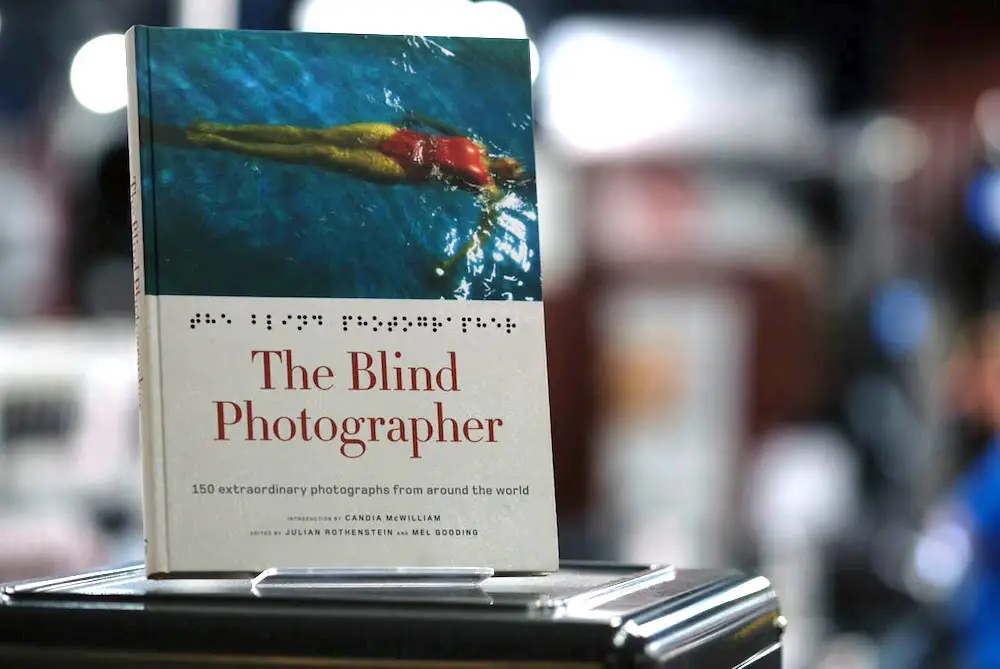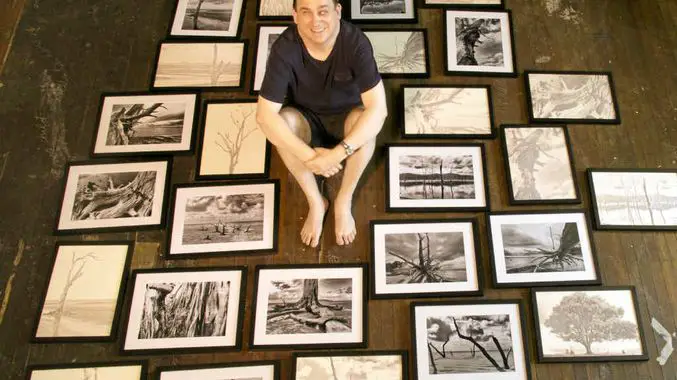Blind Photography : How Do They Do It?

Since ages humans have proved their capabilities by beating many odds, challenging the changes and making the ends meet. Humans with disabilities and disorders are no exceptions to this. From an amputee climbing the Everest, another crossing the English Channel to a blind photographer’s work being featured in the National Geographic, History has witnessed them all. Blind Photography is relatively a new concept in the world of photography. It is all about visually challenged people mastering this art form in their own way in order to express themselves and their passion towards photography.
“A revelation – they capture a feeling about the world and their relationship to it through photography which is often as elegant and compelling as sighted photographers. It is not only great surprise but very life assuring” – Martin Parr
The concept of blind photography might come as a surprise as per the perception, thought process and understanding of a common man. How can a person do photography if he lacks the much-needed sense of vision? The very idea of blind photography challenges the very basic terms and concepts in photography. Since, the medium of it being so purely visual in regard to light, style, subject, and composition.

“Don’t shoot what it looks like, shoot what it feels like.” – Peter Adams
As they say, the main purpose of photography depends on the types of photographs people want to capture in different circumstances with different motives and how they want to express themselves through this medium of art. Therefore, this is not restricted and should not be restricted to sighted people. A blind photographer has to create an image or visualize in mind more vividly as per his abilities, what he or she wants to achieve.
“Great photography is about depth of feeling and not depth of field.” – David Alan
The sighted people have the chance of skillfully manipulating the devices of light measurement, exposure, color etc. Whereas, the advancement of technology has greatly assisted the blind photographers to somehow transfer the world through a camera in images. Many of them work with assistants to advise them on camera positions and composition, while others employ new age digital technology. The blind and partially sighted often use Niépce’s invention to help them to get their desired composition in this photography medium which so purely visual in nature.
The Blind Photographer
The book ‘The Blind Photographer’ published by Redstone Press, and edited by Mel Gooding and Julian Rothenstein, is first of its kind to explore the worldwide phenomenon of the blind and partially sighted who take up photography to express themselves. This book showcases brilliant work from Mexico, India, China, the UK and many more. It features over 150 works of blind photographers from around the world.

Blind Photographer Tanvir Naomi Bush gives vocal cues to the people she is photographing. If they are performing for her camera, she will use marks on the ground for them. For her, it is much like directing actors in a film.
Gina Badenoch is a Mexican photographer and founder of the organization Ojos QueSienten. This organization encourages blind people to use the language of photography. According to her, one needs to develop ‘an emotional connection’ with the view, using those senses beyond sight, hearing, touch, taste, and smell. Spatial awareness, balance, and the atmosphere can be caught by just standing still and listening to the larks on the wing, the wind gusting across the empty space, the murmur of a car in the distance.
Photographer Brenden Borrellini utilizes a direct text-to-Braille converter, This provides him immediate feedback, on the technical details (exposure, depth, shutter) of the image, as well as objective and subjective feedback (what has been captured, and how it makes the viewer feel). To feel the 3 dimensionalities of the flat photograph, he uses a special printer to output a layered printed image.

“The best thing to do with stereotypes and pre-conceptions is to challenge them, and this book The Blind Photographer does just that. It breaks down barriers from both sides and shows what can be achieved if you turn your back on the doubters and just follow your dreams. Visions are not seen purely by the eyes but through the spirit.” – Stevie Wonder
Two Lights: Relumino
Recently released South Korean romantic short film ‘Two Lights: Relumino’, was premiered by Samsung to highlight their newly developed visual aid application ‘Relumino’. This short film won many hearts around the globe with its brilliant storyline, acting, and concept revolving around blind or partially blind photographers. Directed by Hur-Jin-ho, the film stars Han Ji-min and Park Hyung-sik as the main lead couple. Keeping aside the romantic tale and the product placement, the film brilliantly portrayed the functioning of a blind photography club. It showed how each member is taught and assisted by other members and volunteers to help them compose their masterpiece.
Dark Light: The Art of Blind Photographers
’Dark Light: The Art of Blind Photographers’ is a 30 minutes documentary by Neil Leifer. It features three talented blind photographers Pete Eckert, Bruce Hall and Henry Butler. Initially, Neil grabbed the opportunity to make the film because he was curious as to how a person could take pictures without the sense of vision. As he progressed in this unique project he gradually understood how wrong he was in his initial assumption. According to him when he was putting the final touches on editing ‘Dark Light’ he had been completely won over the idea of a blind person being a terrific photographer.
Blind photographers from around the world have successfully broken all pre-conceived notion and stereotypes. They have proved time and again the abilities humans pose in order to win over any challenges thrown at them. Thus, nothing has ever stopped people with strong and sturdy determination to achieve what they want or to do what they love. So, neither disable people are exceptions nor their disabilities are excuses.
Read also: Facts About Japan: Interesting Facts About The Land Of The Rising Sun



